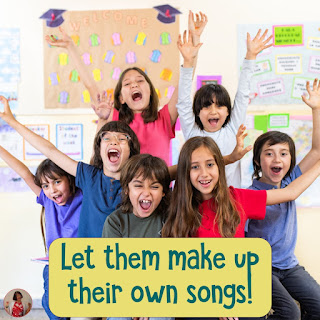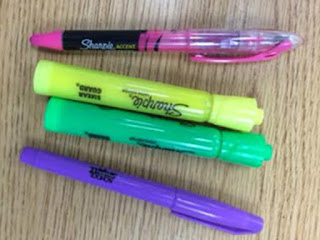The right books can capture their attention and their hearts! I am committed to reading at least one picture book (or a chapter) to my students every day. Sometimes the book is related to something I'm teaching, and sometimes it is just to bring out the joy in books. See the image for a link to 10 of my favorites!
Integrating educational games into your lessons makes learning more enjoyable. Whether it's math bingo, spelling races, or science jeopardy, games provide a hands-on approach to learning and reinforce important concepts. Plus, they're fun, which means children will want to play them over and over! See the image for more about learning games:
Bring science to life by conducting simple, hands-on experiments. From creating a volcano eruption to exploring the properties of magnets, these activities not only make science more tangible but also stimulate students' natural curiosity. These monthly sets are a great source of science experiments:
- Themed Days!
- As much as children need consistency and routine, they also need novelty. Infuse excitement into the classroom by organizing themed days. Whether it's a historical era, a cultural celebration, or a scientific exploration, themed days allow students to delve deeply into a topic and make connections across different subjects. See the image for more about novelty.
Take the classroom outdoors! Plan nature walks, scavenger hunts, or even simple math games on the playground. The change of scenery can rejuvenate both students and teachers, making learning a breath of fresh air. See the image to read more about getting them outdoors
Incorporate the arts into your lessons to tap into students' creativity. Whether it's drawing, painting, crafting, or even singing or drama, the arts not only reinforce lessons but also provide a creative outlet for self-expression.
Arrange for guest speakers to share their expertise or take virtual field trips. These experiences broaden students' perspectives and connect classroom learning to the real world, making lessons more relevant and engaging. Parents of students can be a great resource for guest speakers, and virtual field trips are easily accessible through Google!
Stimulate critical thinking by introducing puzzles and brain teasers. These activities encourage problem-solving skills and perseverance, while also making learning enjoyable and challenging. Don't they just love word finds and crossword puzzles?
Incorporate role-playing and drama activities to make learning more immersive. Whether reenacting historical events or performing a play related to the curriculum, these activities allow students to embody what they've learned. See the image for more about dramatics in the classroom.
Empower students by allowing them to take the lead in projects. Whether it's creating a class newspaper, organizing a STEM project, or planning a cultural exhibition, student-led projects foster collaboration, responsibility, and a sense of accomplishment.
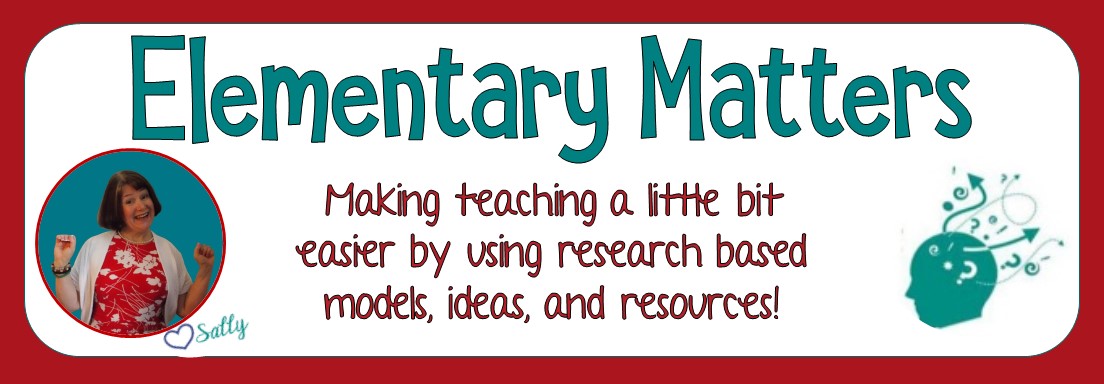


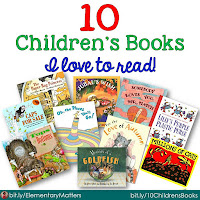















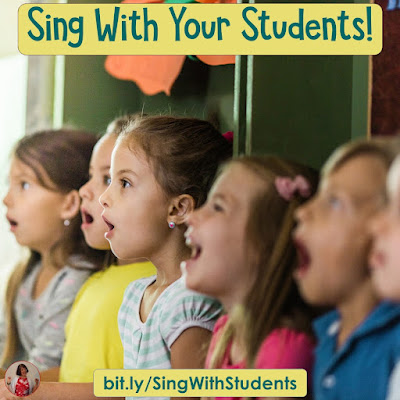
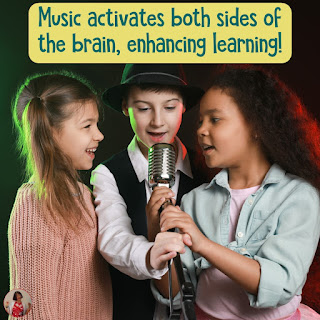
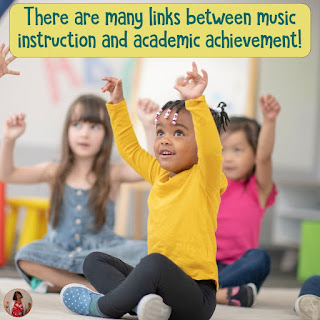





.JPG)
